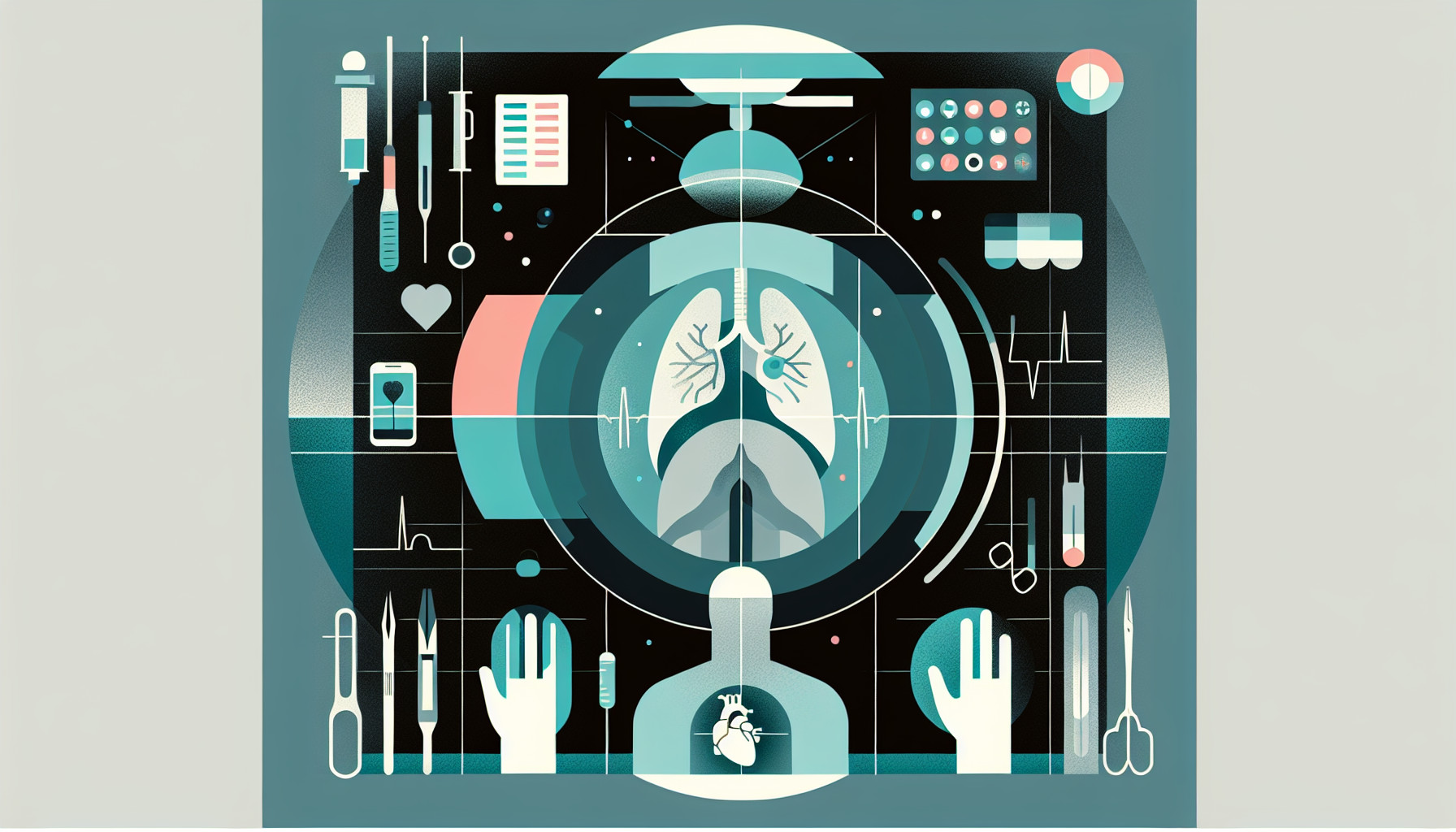Our Summary
This research paper investigates why some breast cancer patients don’t fully complete their breast reconstruction surgery. The researchers suggest that the most satisfying results are usually seen in patients who have their nipple and areola complex (NAC) reconstructed. However, some patients choose not to do this.
The research used data from 433 patients who had breast reconstruction surgery. They found that just over a quarter had their NAC reconstructed, and less than a fifth had both NAC reconstruction and tattooing. More than half of the women didn’t have either.
The research revealed that women who had previously had a breast implant removed were much less likely to have their NAC reconstructed, while those who had a mastectomy (removal of the breast) due to early-stage cancer or as a preventative measure were more likely to have their NAC reconstructed.
The researchers argue that these findings suggest the traditional view of what constitutes a ‘complete’ breast reconstruction (including NAC reconstruction) might be outdated. They suggest that what’s seen as ‘complete’ should be more flexible, taking into account individual patient’s preferences and needs.
FAQs
- What percentage of breast reconstruction surgery patients choose to have their nipple and areola complex (NAC) reconstructed?
- Are there specific patient groups more likely to opt for NAC reconstruction after a mastectomy?
- Why do the researchers suggest that the definition of a ‘complete’ breast reconstruction might need to be updated?
Doctor’s Tip
One helpful tip a doctor might tell a patient about nipple reconstruction is to consider the importance of symmetry and balance in achieving a natural-looking result. It is important to discuss your goals and expectations with your surgeon to ensure that the reconstructed nipple matches the size, shape, and position of your other nipple. Additionally, it is important to follow post-operative care instructions carefully to promote proper healing and minimize the risk of complications.
Suitable For
Overall, patients who are typically recommended for nipple reconstruction are those who desire to have a more symmetrical and natural-looking breast appearance after undergoing a mastectomy. Additionally, patients who have had a mastectomy due to early-stage cancer or as a preventative measure are more likely to be recommended for nipple reconstruction. Patients who have previously had a breast implant removed may be less likely to be recommended for nipple reconstruction. Ultimately, the decision to undergo nipple reconstruction should be based on the individual patient’s preferences and goals for their breast reconstruction.
Timeline
Here is a brief timeline of what a patient may experience before and after nipple reconstruction:
Before nipple reconstruction:
- Patient undergoes mastectomy or breast reconstruction surgery.
- Patient may choose to have temporary nipple prosthetics or go without nipples.
After nipple reconstruction:
- Patient undergoes nipple reconstruction surgery, which can be done using various techniques such as skin grafting, local flaps, or tattooing.
- Healing process takes place, with patients experiencing some discomfort, swelling, and bruising.
- Nipples may appear swollen and asymmetrical initially, but gradually settle into a more natural appearance.
- Some patients may choose to have nipple tattooing done to enhance the appearance of their reconstructed nipples.
- Final results of nipple reconstruction are typically seen within a few months post-surgery.
- Patients may experience improved self-esteem, body image, and overall satisfaction with their breast reconstruction outcomes.
What to Ask Your Doctor
Some questions a patient should ask their doctor about nipple reconstruction include:
- What are the different options for nipple reconstruction, and which one do you recommend for me?
- What are the potential risks and complications associated with nipple reconstruction surgery?
- How long will the nipple reconstruction surgery take, and what is the recovery process like?
- Will I need additional procedures, such as tattooing, to achieve a more natural-looking result?
- How soon after my initial breast reconstruction surgery can I have nipple reconstruction?
- Will I lose sensation in my nipples after reconstruction, and if so, is there any way to regain it?
- How will the reconstruction affect the appearance of my breasts, and will it match the other breast?
- Are there any factors that might make me a poor candidate for nipple reconstruction?
- What are the costs associated with nipple reconstruction, and will my insurance cover it?
- Can you show me before and after photos of other patients who have undergone nipple reconstruction?
Reference
Authors: Weissler EH, Schnur JB, Lamelas AM, Cornejo M, Horesh E, Taub PJ. Journal: Ann Plast Surg. 2017 Jun;78(6):646-650. doi: 10.1097/SAP.0000000000000943. PMID: 27845965
